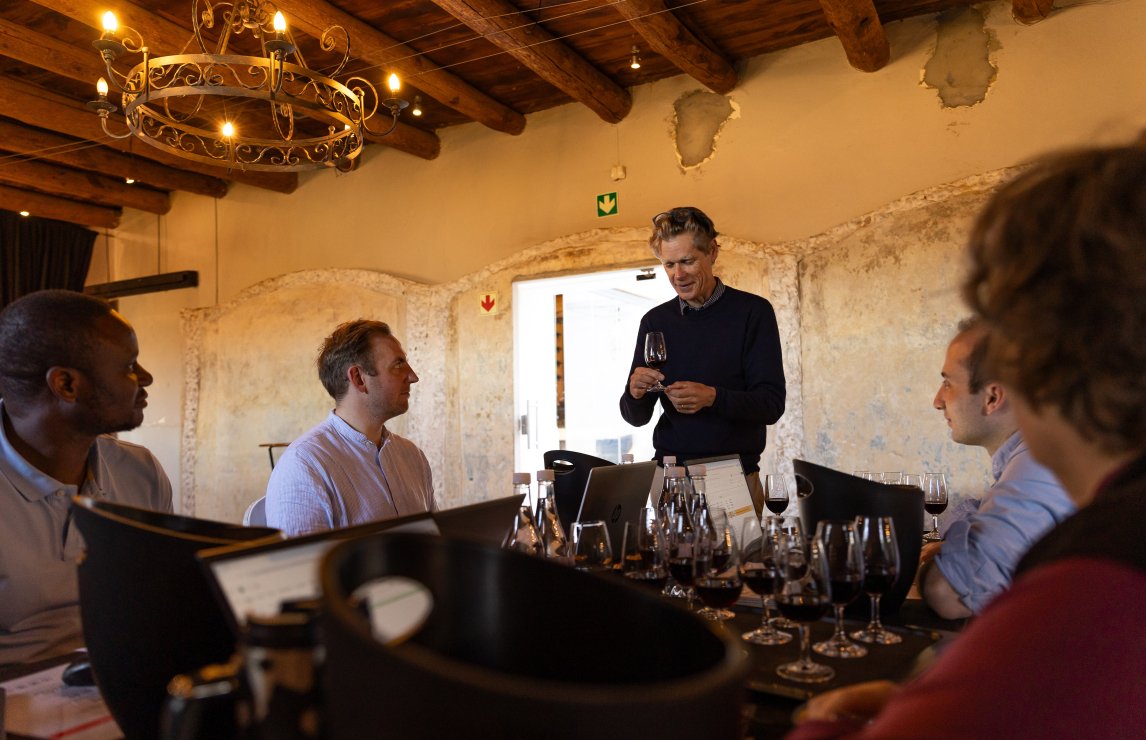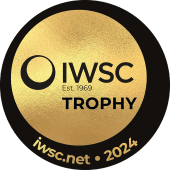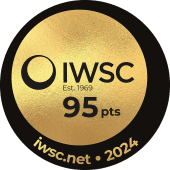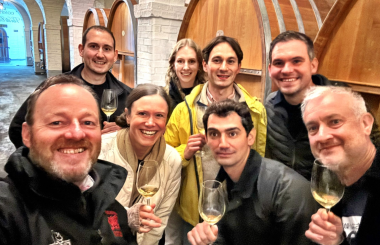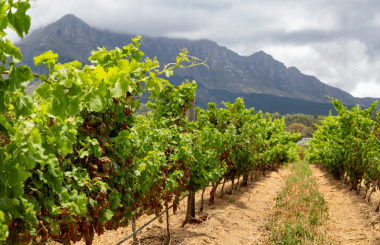IWSC Judges: South Africa has a bright future in the global market
The IWSC recently headed to Stellenbosch for its third Wine Judging in South Africa. After the judging, our international experts sat down to discuss the unique qualities of South African wines and their future on the global stage.
The judges were impressed with the diversity of styles of South African wines, finding that the light and subtle wines were just as well received as the big, bold showstopping expressions.
"The variety on show in South Africa is astounding, and its only going to get better and better. There’s something for everyone!" shared Libby Brodie, IWSC judge and Wine Consultant & Columnist.
One of the standout styles for the IWSC Judge and Wine Buyer at Waitrose, Xenia Ruscombe-King MW was the Cap Classique. “The overall quality and the producers' desire to focus on time and maturation really came through with plenty of complexity and autolytic character going on. These wines have got a really good future in the international market, not to compete with Champagne but to be a top range alternative,” said Xenia.
John Hoskins MW, the IWSC Wine Judging Committee member who oversaw the judging was pleasantly surprised by the blends of Sauvignon Blanc and Semillon. “We had a lot of Sauvignon Blanc ranging from ordinary to excellent, we had some straight Semillons that had the potential to be good, but it was the blends that were really outstanding. There was one flight where everything won at least a silver with several golds also awarded,” shared John Hoskins MW.
John Hoskins MW also highlighted the high quality of Chenin Blanc that entered the competition. “Winemakers have dialled back on overt richness and allowed the natural qualities of Chenin Blanc to shine through, giving a Loire style of elegance with a bit more joy from the terroir.”
While the judges were pleased with the standard of Pinot Noir entries, they were keen to emphasise how they hoped to see more Pinots in future years. “Some of the Pinot Noir we tried were very intriguing and opened up in the glass. They took a lot of serious attention to judge which is to be expected,” said Rebecca Palmer, IWSC judge and Associate Director and Buyer at Corney and Barrow. The other judges appealed to producers to enter more Pinot Noirs. “We want to tell the world that South Africa is a great Pinot Noir producer!” exclaimed John Hoskins MW.
Rebecca Palmer was particularly struck by the red blends that had a proportion of Cabernet Franc or Malbec. “There was an unexpected amount of Cabernet Franc or Malbec in some of the wines which gave a real graphite smoothness with a chocolatey fluidity to the mid pallet which really surprised me.”
The quality on show in the Pinotage entries was another highlight for our judges who found that while the two classic styles of delicate easy-drinking wines and big, rich styles were still present, a new, middle ground has also started to appear. “There was a new wave of Pinotage present in the judging, one with a medium body but chalky tannins and good acidity. It was a style of Pinotage that didn’t really exist before and I didn’t expect it to be so well represented,” shared John Hoskins MW.
The judges felt strongly that the perception of South African wines is soon about to change thanks to the diversity and variety of styles on show throughout the judging. “South Africa has the stylistic interest and the personality of wines to be able to be up there with other top regions across the world. Buyers like myself will be very receptive to the range of styles we’ve seen today - on all levels!” said Rebecca Palmer.
Xenia Ruscombe-King MW agreed, praising the environmentally conscious work of the South African wineries. “The producers' pride in South African flora and fauna, along with their dedication to a sustainable model, is such a strong message to consumers. The best way to get this message across is by putting your wines in front of buyers and educators who can then pass it on.”"South African wines ride the line between classic Old World and classic New World, it takes the best of both and offers it at an extraordinay value," concluded John Hoskins MW. A view that was echoed by the other judges, with Rebecca Palmer adding that "there's so much more freshness and integrity in the wines with a stylistic mastery that wasn't present 5 years ago".
